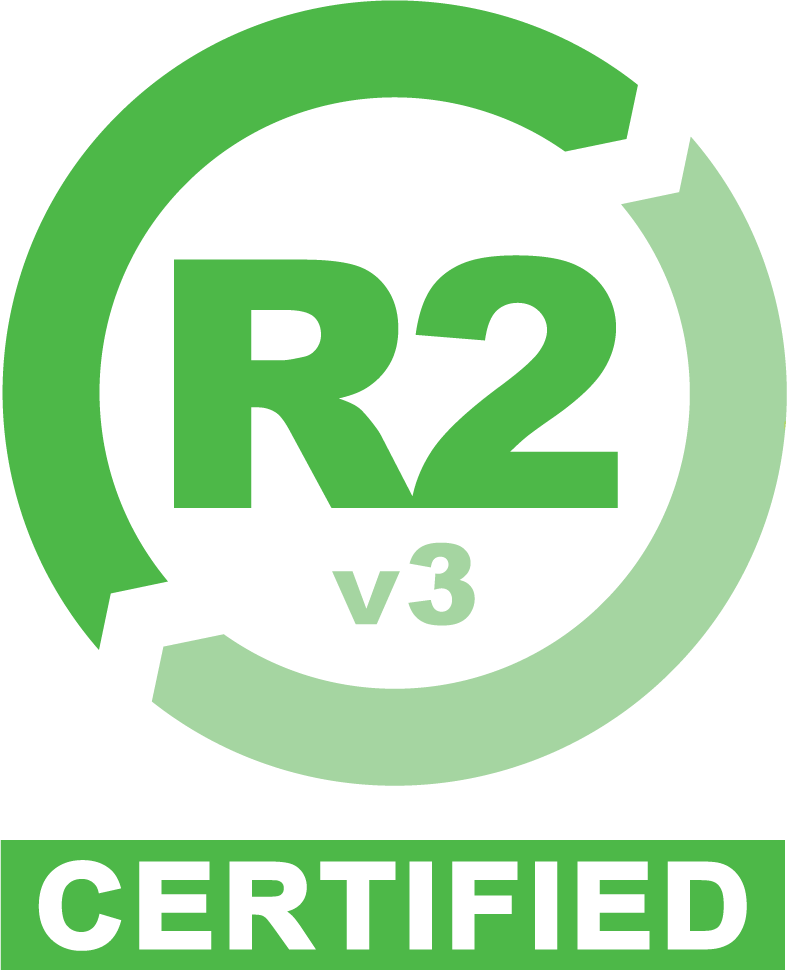What is the IT Infrastructure Decommissioning Process?
 3
3 Jul
In the ever-evolving world of technology, businesses regularly upgrade their infrastructure to stay competitive and meet changing demands. However, this progress often leaves behind outdated equipment and systems that need to be decommissioned. Infrastructure decommissioning is a complex process that involves more than simply unplugging old gear. It requires careful planning, secure data destruction, responsible asset disposal, and adherence to environmental regulations.
Understanding Infrastructure Decommissioning
Infrastructure decommissioning refers to the systematic and controlled removal of outdated or unwanted hardware, software, and networking components from a company’s IT environment. This process can encompass a wide range of assets, including servers, storage devices, networking equipment, and even entire data centers.
The Goals of Infrastructure Decommissioning
 Infrastructure decommissioning offers businesses a multitude of benefits. Removing obsolete equipment frees up valuable space within their facilities, optimizing floor plans and allowing for more efficient use of existing resources. Additionally, decommissioning often reduces energy consumption, as older equipment tends to be less energy-efficient than newer models. Eliminating the ongoing maintenance costs associated with aging technology also contributes to substantial cost savings over time.
Infrastructure decommissioning offers businesses a multitude of benefits. Removing obsolete equipment frees up valuable space within their facilities, optimizing floor plans and allowing for more efficient use of existing resources. Additionally, decommissioning often reduces energy consumption, as older equipment tends to be less energy-efficient than newer models. Eliminating the ongoing maintenance costs associated with aging technology also contributes to substantial cost savings over time.
Protecting sensitive data is another crucial aspect of infrastructure decommissioning. Thoroughly sanitizing or destroying data stored on decommissioned devices is essential to prevent unauthorized access and potential breaches, safeguarding both company information and customer data.
Responsible disposal of electronic waste (e-waste) is also a key consideration. Partnering with certified e-waste recyclers ensures that decommissioned equipment is handled in an environmentally sound manner, minimizing its impact on the environment and ensuring compliance with regulations.
Finally, infrastructure decommissioning opens up opportunities for resource recovery. Valuable materials like metals and plastics can often be extracted from old equipment and recycled, offsetting disposal costs and contributing to a circular economy model that prioritizes resource conservation.
The Infrastructure Decommissioning Process—A Step-by-Step Guide
- Planning and Inventory—The process begins with a comprehensive assessment of the infrastructure to be decommissioned. This involves creating a detailed inventory of all assets, including their location, configuration, and data storage. A decommissioning plan is then developed, outlining timelines, resource allocation, and risk mitigation strategies.
- Data Backup and Migration—Before any equipment is removed, it’s crucial to back up all critical data and migrate it to new systems or storage devices. This ensures that no valuable information is lost during the decommissioning process.
- Secure Data Destruction—Once data has been backed up and migrated, the next step is to ensure secure data destruction on all decommissioned assets. This can involve data wiping software, physical destruction of hard drives, or degaussing (using a magnetic field to erase data). Partnering with a certified data destruction specialist like Sadoff E-Recycling and Data Destruction guarantees that your data is irretrievably erased, protecting your business from potential liabilities.
Read More: What is the Best Data Destruction Method? - Equipment Removal and Transportation—Decommissioned equipment is carefully dismantled, removed from the premises, and transported to a secure facility for further processing. This often involves specialized handling to prevent damage and ensure the safety of personnel involved in the process.
- Asset Recovery and Recycling—Depending on the condition and type of equipment, various asset recovery options can be explored. Usable equipment can be refurbished and resold, generating revenue for the business. SunCoast Communications specializes in telecom equipment buyback and resale, offering a convenient way for businesses to recoup value from their outdated assets.
Equipment that is no longer usable is sent for responsible recycling. Sadoff’s state-of-the-art recycling facilities ensure that valuable materials are recovered and that hazardous components are handled safely, minimizing environmental impact.
Partnering with Experts: SunCoast and Sadoff
Infrastructure decommissioning is a complex undertaking that requires specialized knowledge and resources. Partnering with experts like SunCoast Communications and Sadoff E-Recycling streamlines the process and ensures a successful outcome.
SunCoast’s expertise in equipment assessment and resale can help businesses maximize the value of their decommissioned assets. Sadoff’s focus on secure data destruction and responsible recycling guarantees that your data is protected and that your equipment is disposed of in an environmentally friendly way.
By collaborating with these trusted partners, businesses can navigate the complexities of infrastructure decommissioning with confidence, achieving their goals of cost reduction, data security, and environmental responsibility.
Categorized in: Data Center, SunCoast, Telecom




 Google map directions
Google map directions
 Google map directions
Google map directions
 Google map directions
Google map directions
 Google map directions
Google map directions
 Google map directions
Google map directions
 Google map directions
Google map directions
 Google map directions
Google map directions